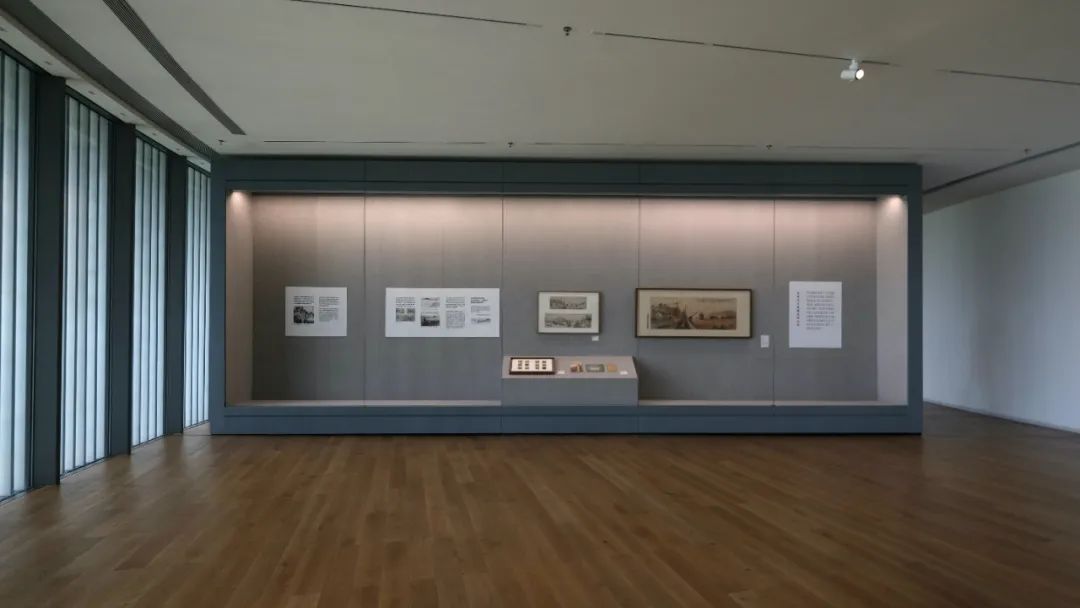Into the "Brave New World"
In traditional Chinese painting, artists were attracted to poetic landscapes. In the 20th century, Chinese landscape painting followed the historical cannon in a more contemporary way that transcend the established path of poetic depictions and transformed into a new look at the landscapes with modern characteristics. This shift from the ideal of solitude to the heroic expression of nature is based on the social background of the development and construction of the new China in full swing, as well as the timely adjustment made by the artist when facing the urgent mission to transform Chinese painting. If the "landscape" is the continuation of historical tradition, then "mountain and river" is undoubtedly a metaphor of the patriotic emotion.
This exhibition enlists several Chinese artists as the entry point, to show a glimpse of the exploration of artists including Fu Baoshi, Li Keran and Guan Shanyue in their artistic creations. Their works bear the distinctive mark of the time. The artistic creations from different periods are examined in a coherent manner, outlining the modern transformation of modern Chinese landscape painting and the spirit of change that embodied with the brush and ink.
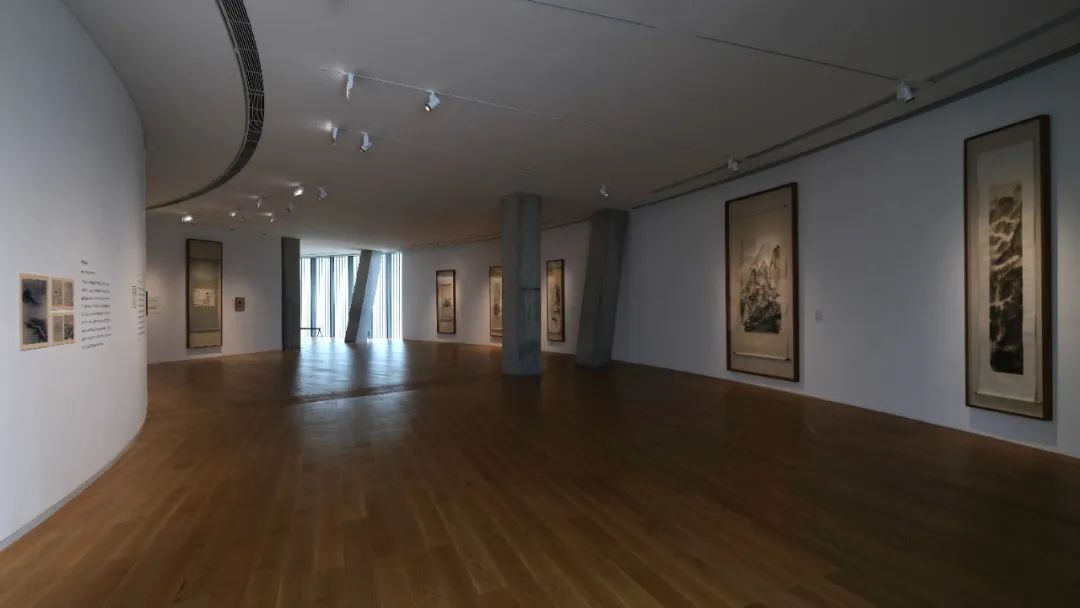
1 Poetry of the Bitter Gourd Monk
Before the change into the new Chinese painting, Chinese painters were still immersed in the ancient style. Before the war, Fu Baoshi was known for his research on ancient art history and theory, and during the war, he changed his focus to ink creation. In times of national tragedy, Fu Baoshi and Huang Binhong, Lin Fengmian and other artists of the same period in the history of painting the most importance of the relics of the painters, especially by the bitter gourd monk Shi Tao's style and spirit. At this time, the artist's concern for reality can still find traces in the works with poetic spirit and historical allusions.
"Shi Tao has many poems that come to my mind, many actions and encounters that I cannot forget. When I stretch the paper, often inadvertently touched him."-- Fu Baoshi, "Preface to the Renwu Chongqing Painting Exhibition"
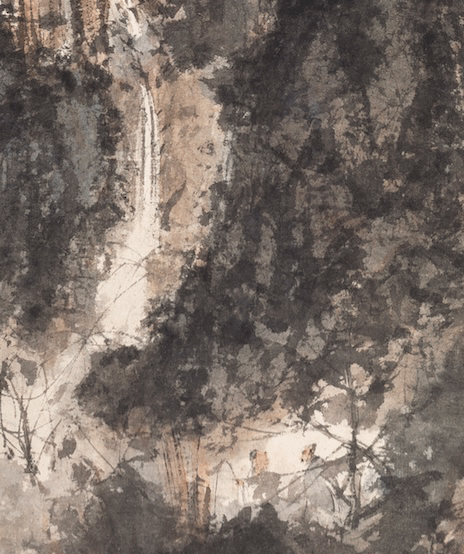
"Portraying historical figures has its convenience and its difficulties. The painter only through a longer period of extensive and in-depth research experience, then the spirit and character can be carried out in the brush."-- Fu Baoshi, "Preface to Chen Laolian <Waterfront Leaves>"
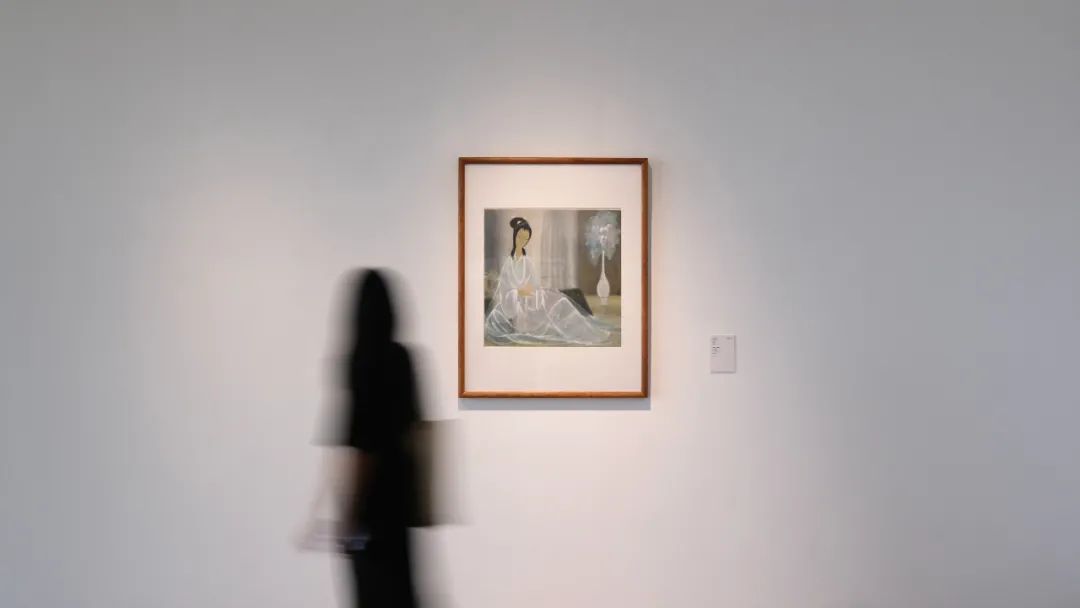
2 Painting the New Era
After the founding of New China, Chinese painting underwent a transformation with the aim of "serving the people". This change was significant in the development of Chinese painting and signified the need for the new Chinese painting to adapt itself to the new historical conditions.
The idea that "painting the new era" was aptly suited to the aesthetic needs of the times for a personalized language of brush and ink. Artists gradually realized that landscape painting was no longer a means of expressing the thoughts of the literati, so in order to strike a balance between the traditional spirit of literati writing and the contradictions of realism advocated by the new China, life drawing became an important path for the transformation of Chinese painting. Li Keran painted the Yellow Mountains, Fu Baoshi went to Eastern Europe to sketch, and other experiences, bringing a key influence to their creative journey. Life drawing reflected real life gradually became the mainstream of Chinese painting development, and the transformation of Chinese painting gradually went deeper and became one of the basic methods for the realization of the new Chinese painting.
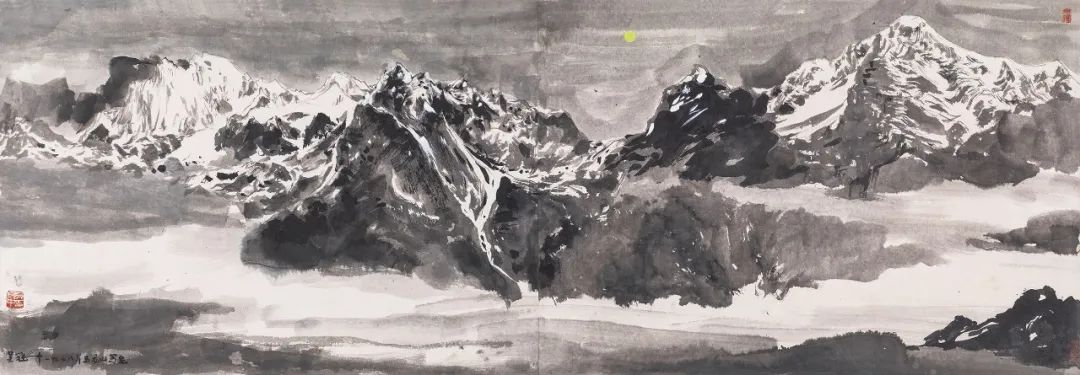
In May 1942, Mao Zedong attended three consecutive symposiums for literary and artistic workers in Yan'an and delivered his famous speech, in which he clearly put forward the policy of serving workers, peasants and soldiers in literature and art. The first large-scale discussion on the issue of Chinese painting, more than 10 articles were published in Fine Arts magazine since 1949, giving a more detailed elaboration on various aspects involving this issue, encouraging and advocating landscape sketching to focus more on its significance to the transformation of traditional Chinese painting and promoting the formation of new landscape painting from a sociological perspective above the technical level.
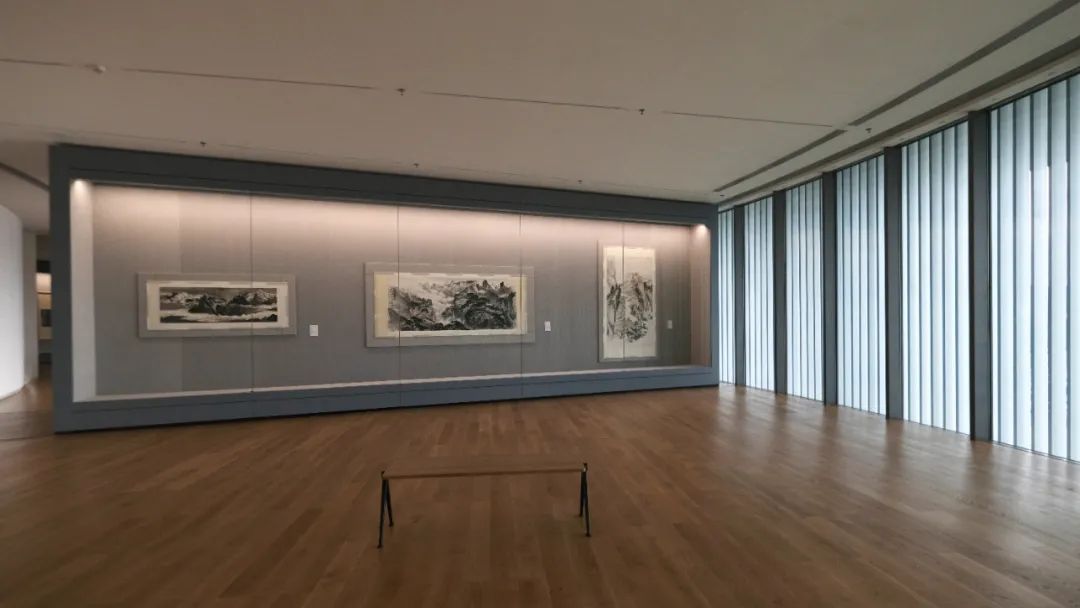
3 Brave New World
After 1949, the new China went through a period of rejuvenation and transformation from the old to the new in all walks of life, especially in literature and art. As artists went out to sketch, delved into life and reflected the reality of society with their paintings, landscape painting gradually became popularized, turning the secluded landscape painting into a worldly application. The establishment and development of the new landscape painting system maintained the basic pattern of the mainstream of Chinese landscape painting in the second half of the 20th century.
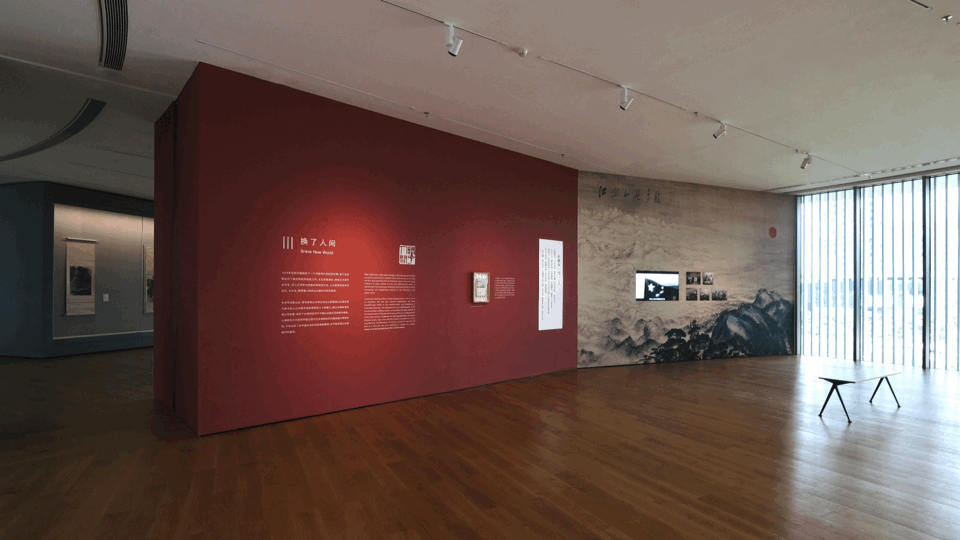
Mao Zedong's Poetic Landscapes
In the 1930s and 1940s, during his long revolutionary journey, Mao Zedong left behind many magnificent poems. Under the initiative of the Chinese Artists Association, a group of Chinese landscape painters, represented by Fu Baoshi, began to study Mao's poems and create a large number of works of Mao's poetic landscapes, expressing the combination of revolutionary realism and revolutionary romanticism in the creation of art, and providing a current reference for the transformation of landscape painting.
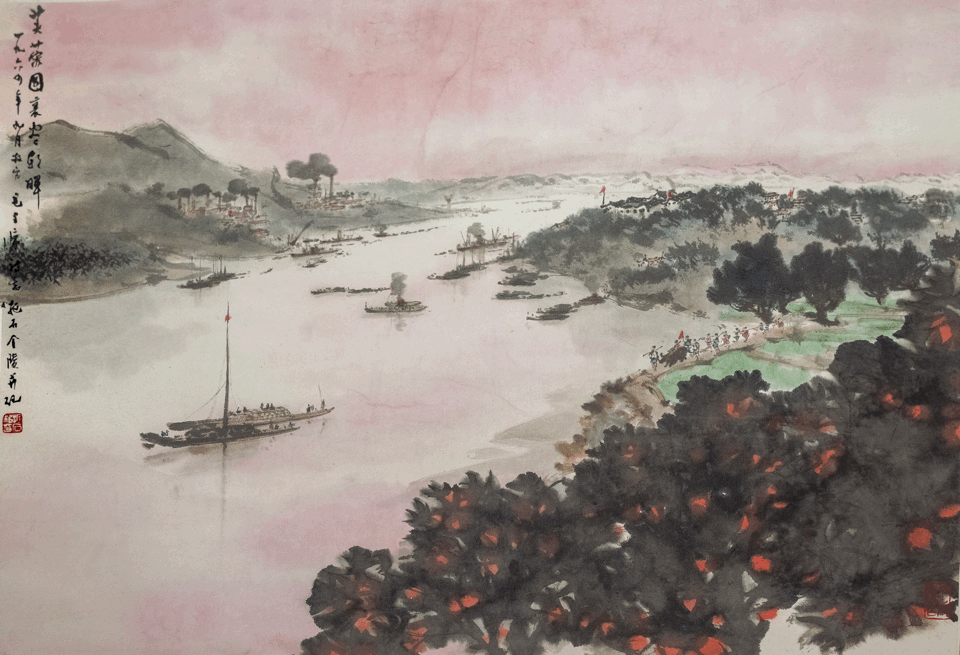
Revolutionary Landscape
After the founding of New China, in order to promote the change of Chinese landscape painting, the art world set off a fervor to go to the revolutionary holy places to sketch. Painters went to Shaoshan, Yan'an, Jinggang Mountain, Zunyi and other places to sketch and create Chinese paintings, and the expression of revolutionary places became another important content of the new landscape painting after Mao Zedong's poetic landscape. Wherever the revolution passed through, it provided a new subject for painters to create Chinese landscape paintings.
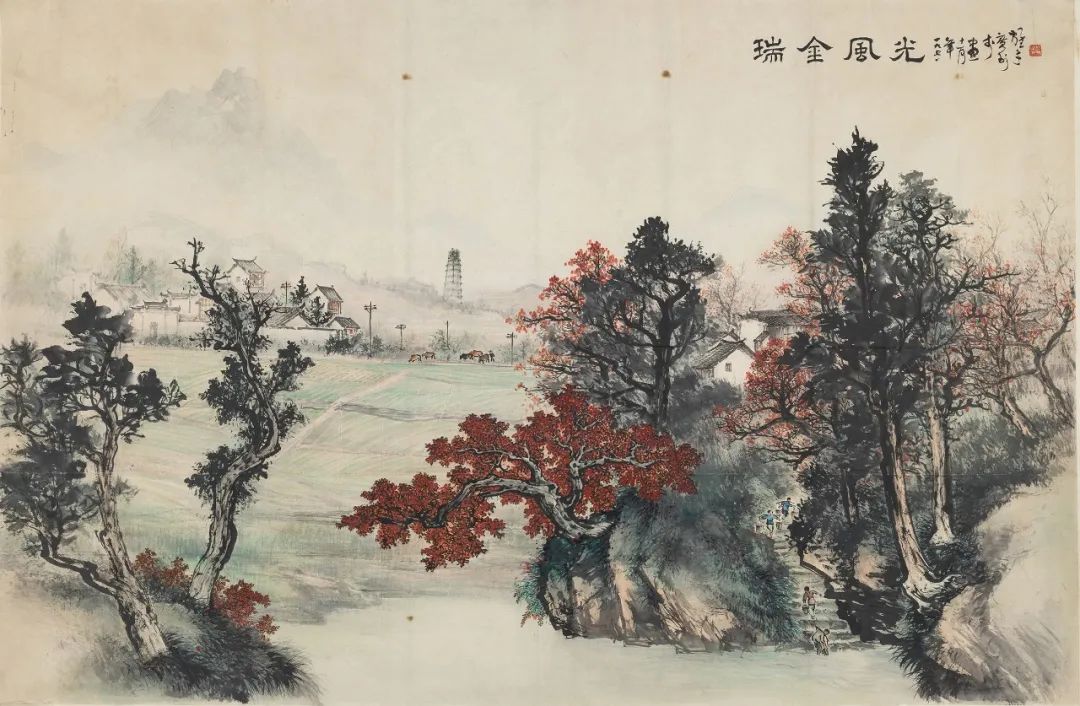
Socialism Landscape
In order to promote the transformation of Chinese painting and adapt it to the needs of the new era and society, painters surged to depict scenes of socialist construction as well as new socialist things of symbolic significance. These works representing the theme of socialist construction were never seen in landscape painting in the past and were typical of a particular era.
